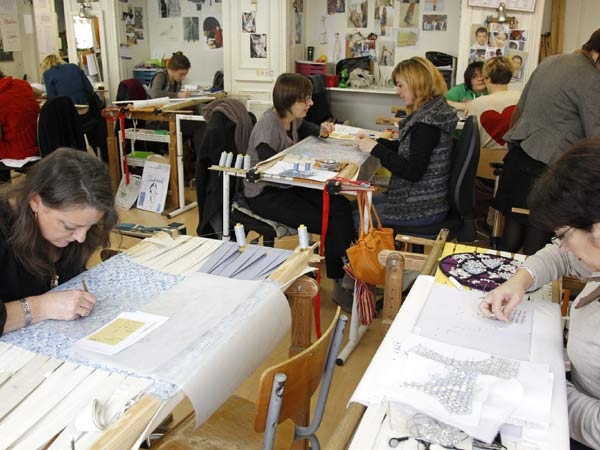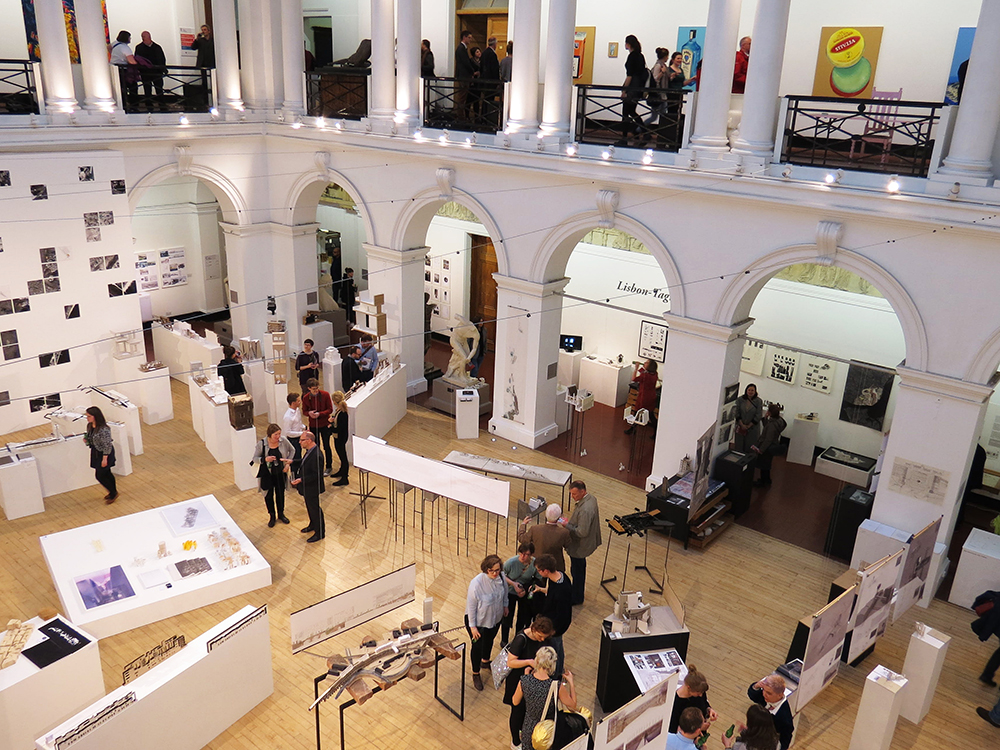

Robert Burns, the company's first founder, created a Map of the World (mixed with oil paint) in 1886 and is now in the National Maritime Museum of Britain.

The company's second-generation successor, Mr. Jason Burns, bought the company's property in the 1920s, which is still in use today.

The company's third-generation successor Mr. Alston Burns, his group photo with his classmates at school (second left of first line - Alston Burns).

The company still preserves the works of art Paradise created in the early 20th century.

(Robert Burns)1839----1909

(Jason Burns) 1866----1934

(Alston Burns)1897----1969

(Pamela Williams)1930----2009

(Gordon Williams)1953----

(Roderick Williams)1977----




Representative works
In order to continuously improve the technique of "anti-woven silk" embroidery, since 1970, four embroidery research institutes have been established successively. Besides the research and development for the embroidery method of new work, it also cultivates many embroidery technicians, which provides a reliable guarantee for the marketization.
The First: Focal point for the completion, research and development: The embroidery techniques of traditional Rococo and Neo-Byzantine, focus on the development of stroke painting from Europe and the work of neoimpressionism.
The second: Focal point for the completion, research and development: Embroideries for photos of characters with formal clothes and group photos of characters and embroideries for scenes and real photos.
The third: Focal point for the completion, research and development: Embroideries of gouache painting, traditional Chinese realistic painting, woodcut and religious theme, based on which the double techniques of brightness adjustment and color treatment are continuously improved.
The fourth: Focal point for the completion, research and development: The embroidery technique of painting and calligraphy with the theme of water ink from the East sufficiently integrates the accurate proportion in the school of elegance and the composition layout of the embroidery and reaches the aesthetic standard of the east.


